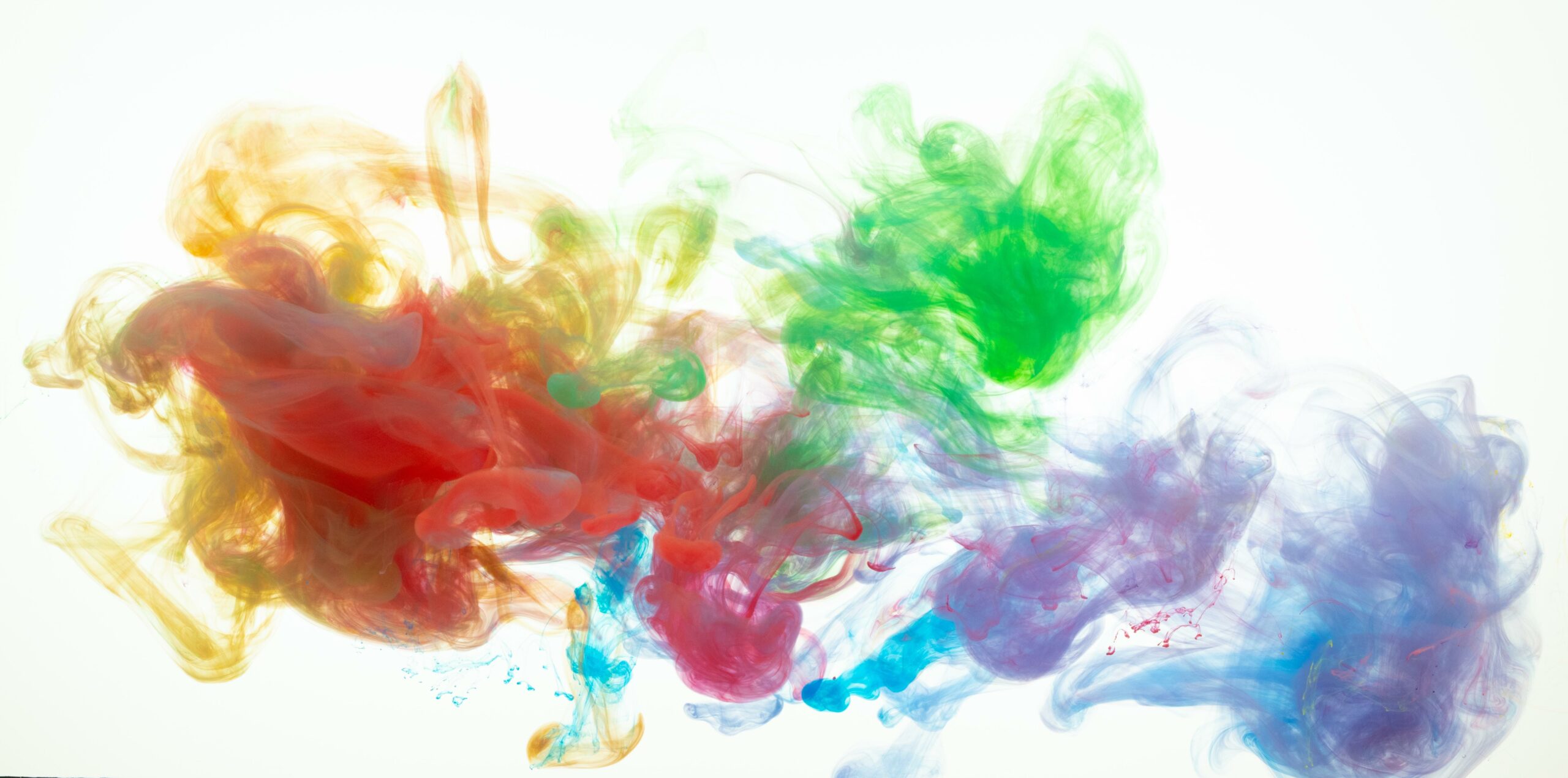Are you ready to dive into the captivating world of indigo dye? Prepare to be enthralled by the myriad of possibilities this enchanting dye offers. From vibrant garments to unique home decor items, indigo dye is a versatile and timeless art form that has been perfected over centuries. In this article, we will explore the limitless uses of indigo dye and uncover the secrets behind its mesmerizing shades. Whether you are a textile enthusiast, a fashion lover, or a home decor aficionado, get ready to be inspired by the boundless potential of indigo dye. Join us as we unveil the magic of indigo and discover the artistry behind this ancient tradition.

Indigo Dye Uses
Indigo dye, with its mesmerizing shades and captivating patterns, has been a prominent player in the textile industry for centuries. Its versatility and limitless possibilities make it a cherished choice for various applications, ranging from garments to home decor. Let’s delve into the enchanting world of indigo dye and explore its wide array of uses.
1. Denim: The Most Iconic Indigo Creation
When we think of indigo dye, our minds naturally drift to the iconic blue jeans that have become a wardrobe staple worldwide. Indigo dye is primarily used for dyeing cotton yarn, which is then woven into denim cloth. The dense and rich color achieved by indigo creates the timeless and rugged charm of blue jeans.
“Denim’s indigo color, achieved through the magic of indigo dye, adds character and depth to our favorite jeans.”
2. Beyond Denim: Indigo’s Influence on Other Textiles
While indigo is ubiquitous in denim production, its enchanting hues are not limited to just cotton. The magic of indigo dye extends its reach to other fabrics as well. Smaller quantities of indigo dye are also used for dyeing wool and silk, lending a touch of elegance and sophistication to these textiles.
“Indigo reveals its versatility by effortlessly transforming wool and silk into captivating cloth, adding a touch of timeless elegance.”
3. Indigo in Culinary Delights
Who knew indigo could transcend the world of textiles and creep into our delicious dishes? Yes, indigo can be transformed into an edible powder, adding a hint of blue to sweets, sauces, spices, and even smoothies. The vibrant blue hue adds a visual treat, tantalizing the taste buds.
“Indigo dye’s edible version brings not just delightful shades but also surprises our palates with a pop of color in our favorite treats.”
4. Indigo: More Than Just a Dye
Beyond its aesthetic qualities, indigo has also shown remarkable medicinal and protective properties. Studies suggest that indigo can support immune function and fight against the common cold and flu. Its antibacterial properties make it a valuable tool in controlling bacterial growth. Additionally, indigo acts as a nematicide, protecting against harmful plant-parasitic nematodes, and showcases flame-retardant properties, making it an ideal choice for safety applications.
“Indigo’s hidden talents extend beyond dyeing; it adds a touch of wellness and protection to our lives, making it an all-around superhero!”
5. Indigo: A Versatile Beauty Enhancer
The mesmerizing shades of indigo can even transform our crowning glory. Indigo dye has been used as a natural hair dye for centuries, giving hair a vibrant blue hue. Whether opting for a bold statement or a subtle highlight, indigo offers a unique and enchanting way to experiment with hair color.
“Indigo’s transformative powers extend to our tresses, offering an endless palette of captivating shades to enhance our personal style.”
6. Unveiling the Historical Significance
The history of indigo as a dye is as rich and captivating as its hues. This enchanting dye holds a significant place in civilizations and regions across the globe, from Asia to Egypt, Greece to Rome, Britain to Peru. Its influence on ancient cultures and trade routes is evident, making indigo’s heritage as vibrant as its color.
“Indigo’s historical significance connects us to the past, defining our present and inspiring a colorful future.”
7. The Source of Indigo: Nature’s Gift
The primary source of indigo dye is the Indigofera tinctoria plant. Historically, natural indigo dye was obtained from plants in the Indigofera genus. However, most indigo dye produced today is synthetic. By embracing sustainable sourcing and eco-friendly practices, we can ensure the preservation of this incredible gift from nature.
“Indigo is a precious gift from Mother Earth, and by cherishing and utilizing it responsibly, we can continue its legacy for generations to come.”
Indigo dye’s uses extend far beyond our beloved denim jeans. From garments to home decor, indigo’s enchanting shades and limitless possibilities continue to captivate and inspire us. So, let’s embrace the magic of indigo and explore the boundless creativity it offers.
“Indigo dye, an artist’s canvas, invites us to unveil its limitless uses and create our own symphony of colors, adding beauty and charm to every aspect of our lives.”
Indigo is a fascinating color that has been used for a multitude of purposes throughout history. From its origins in ancient civilizations to its modern-day applications, indigo has never ceased to captivate and inspire. But what exactly is indigo used for? If you’ve ever found yourself pondering this question, look no further. We have all the answers you need right here. Discover the incredible world of indigo and its diverse uses by clicking this What Is Indigo Used For link. Prepare to be amazed as you delve into the rich history and endless possibilities of this enigmatic hue.
FAQ
Question 1
What are the primary uses of indigo dye?
Answer 1
Indigo dye is primarily used for dyeing cotton yarn to produce denim cloth, such as blue jeans. It is also used in smaller quantities for dyeing wool and silk.
Question 2
Are there any edible uses of indigo dye?
Answer 2
Yes, indigo can be made into an edible powder that is used in various food items such as sweets, sauce, spices, and even smoothies.
Question 3
Does indigo have any health benefits?
Answer 3
Indigo has been found to support immune function and helps fight against cold and flu. It also possesses antibacterial properties and can act as a nematicide (kills parasitic nematodes) and flame retardant.
Question 4
Can indigo dye be used for hair?
Answer 4
Yes, indigo can also be used for dyeing hair. Its deep and captivating shades make it a popular choice for those seeking unique and vibrant hair colors.
Question 5
What is the historical significance of indigo dye?
Answer 5
Indigo dye has a rich historical significance spanning across various civilizations and regions, including Asia, Egypt, Greece, Rome, Britain, and Peru. It has been used for centuries to create beautiful and durable textiles.
- Senior at What Age: Benefits & Eligibility Guide - March 29, 2025
- Unlocking Senior Benefits: How Old is a Senior? Your Complete Guide - March 29, 2025
- Master Russian Politeness:A Guide to Saying Please - March 29, 2025
















